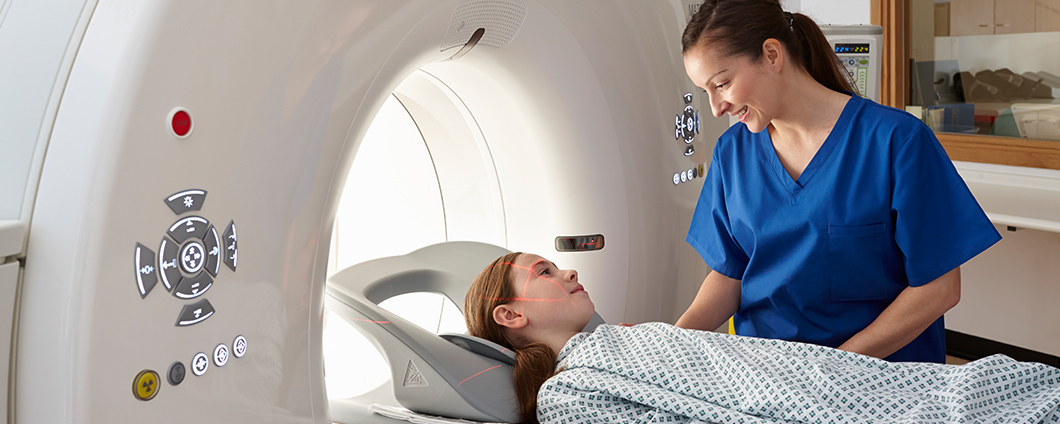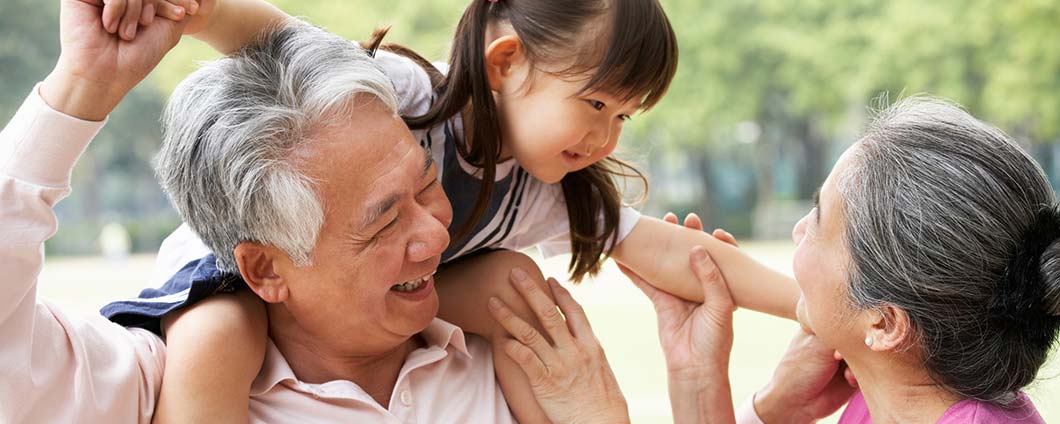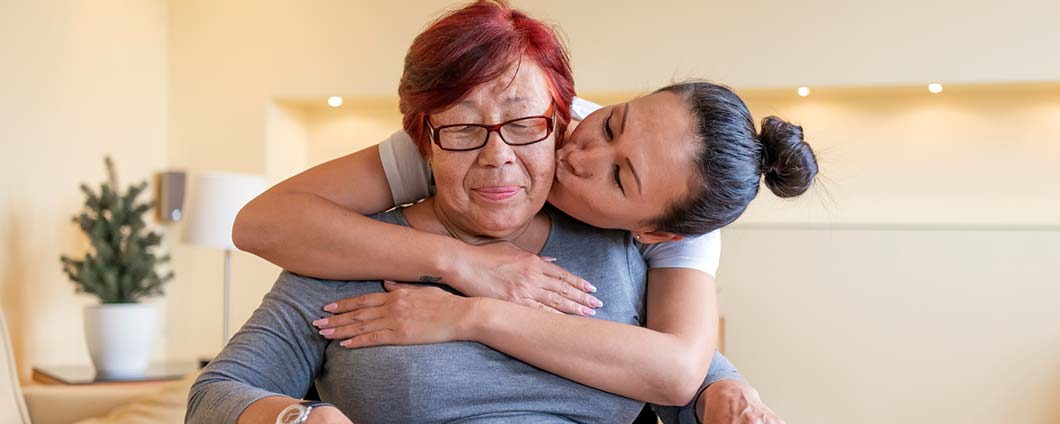Search
-
Epilepsy Program
Renown’s epilepsy program is recognized by the National Association of Epilepsy Centers, and is the only Level III epilepsy center in northern Nevada. The Epilepsy Program offers the latest treatments for diagnosing and treating epilepsy. The program’s goal is to prevent seizures and enable patients to lead typical, active lives. We provide advanced video brain wave (EEG) testing by skilled, registered technologists. This testing is safe, painless, and determines if there is any irregular electrical brain activity, which may cause seizures. Our comprehensive epilepsy program also specializes in: Consultation for epilepsy and EEG monitoring Pregnancy planning and monitoring for women with epilepsy Episodic loss of awareness in the elderly Driving privilege requirements Education for those living with seizures
-
Headache Program
Renown Health's Institute for Neurosciences has expert physicians who provide compassionate diagnosis and care for chronic headaches & migraines and elevate the standard of care through clinical research and trials. Our physicians provide a pain-management plan tailored to your symptoms and provide follow-up pain management. If you don't have a primary care physician, we will provide one to help you along the way. To learn more about the Headache Program and Migraine Treatment at Renown Health, please call: 775-982-2970
-
Memory Disorders Program
Memory Disorders Program The Renown Memory Disorders Program is dedicated to accurately diagnosing and treating many different cause of memory loss and cognitive decline.
-
Movement Disorders Program
Movement Disorders Program The Movement Disorders Program evaluates, diagnoses, and treats all movement disorders including: Tremors Parkinson’s disease Dystonia Restless leg syndrome Huntington’s disease or chorea Dr. Christopher Way is a movement disorders specialist that performs deep brain stimulation programming for Parkinson’s disease and essential tremor and performs botulinum toxin injections for dystonia. Dr. Way is the principal investigator of the PROSEEK study at Renown. PROSEEK is a drug trial that is studying a c-Abl inhibitor developed by SUN pharmaceuticals that has shown promise in slowing the progression of Parkinson’s disease. To be a candidate for the study, one must fulfill at least the following criteria: Age > 50 years Diagnosed with Parkinson’s disease within the last 3 years Not on medication for treatment of Parkinson’s disease aside from monoamine oxidase B (MAOB) inhibitors. If you fulfill the above criteria and wish to receive more information about the study, please fill out this form.



